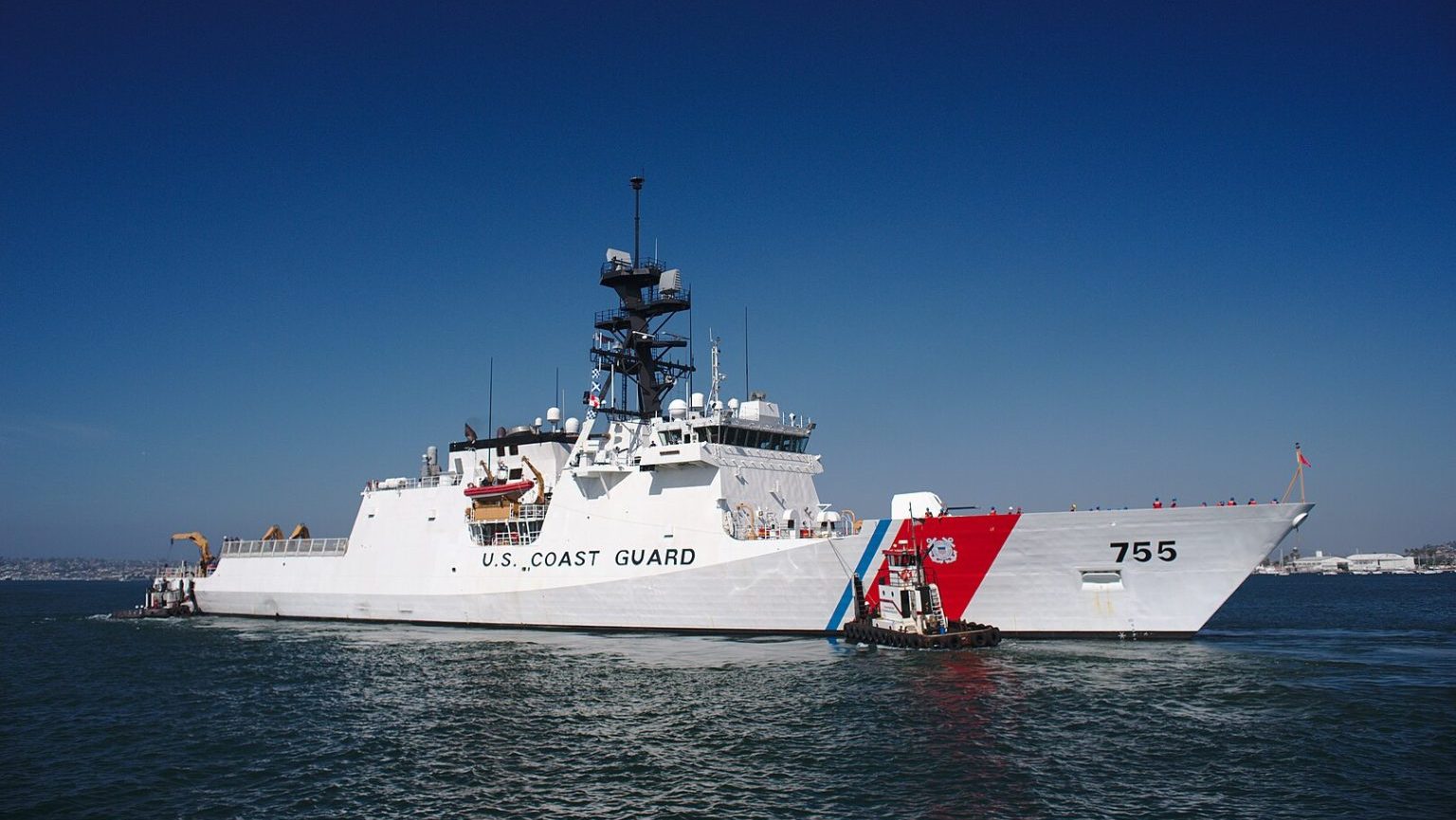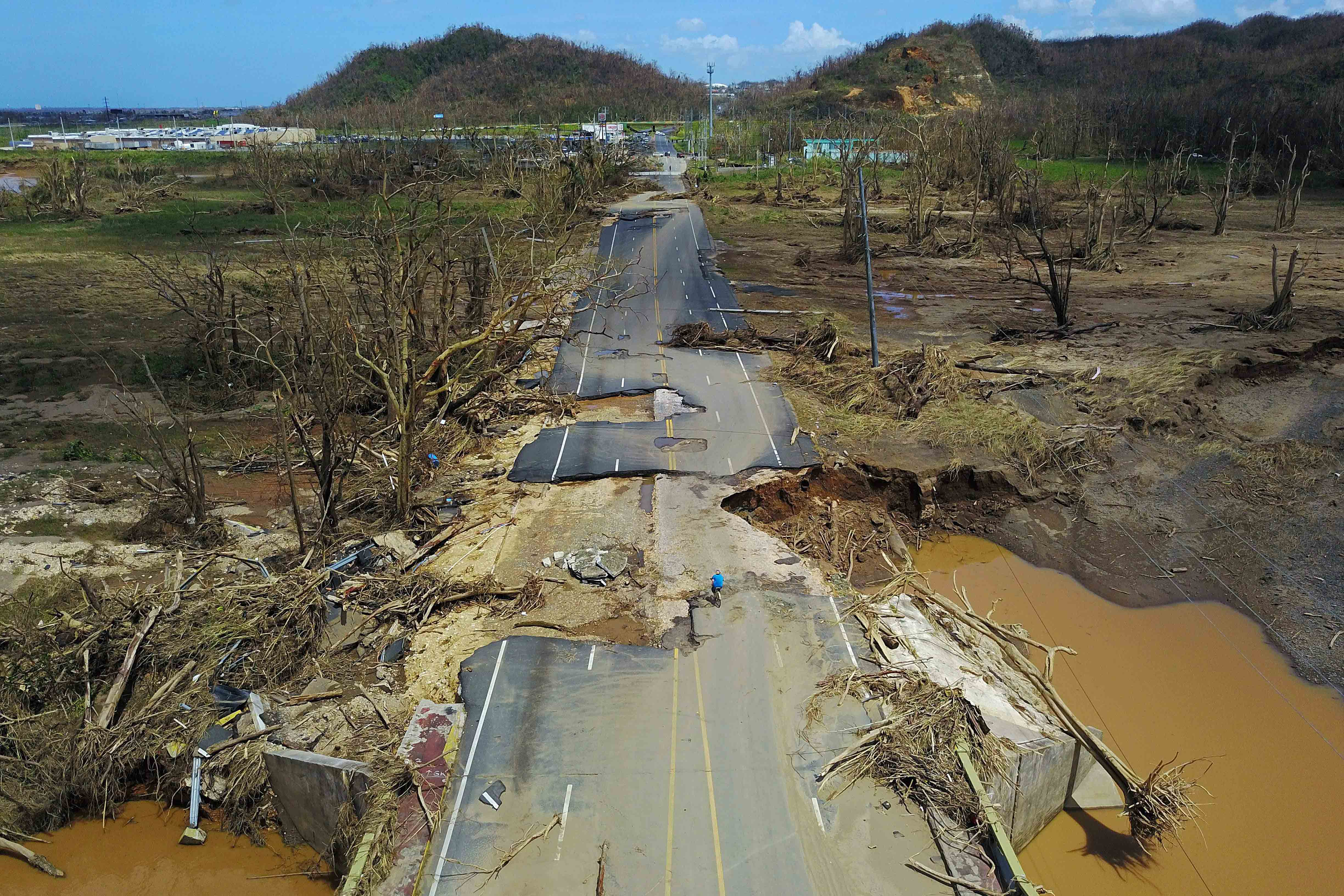How Puerto Rico’s Hurricane Recovery Could Be Stunted by a 1920 Shipping Law

Recovering from brutal storms like hurricanes Harvey, Irma, and Maria is a massive undertaking of moral urgency These humanitarian crises test us as a nation and as a compassionate people. Climate experts predict we’ll be experiencing an increasing number of such violent weather events, each of which requires us to muster every resource at our disposal relieve suffering and return lives to normal.
It comes as something of a shock, therefore, to find an early 20th-century protectionist law standing in the way of recovery efforts, as the Marine Merchant Act of 1920 threatened to do to the 3.4 million U.S. citizens of devastated Puerto Rico in the aftermath of hurricane Maria. The law is commonly known as the “Jones Act,” named for Washington State Republican senator Wesley L. Jones, who wrote a portion of it. For over a week in September 2017, it stood in the way of Puerto Rico’s access to relief supplies from anywhere other than the U.S., exacerbating their logistical and economic nightmare.

Wesley L. Jones
During that week, the Trump administration’s Department of Homeland Security declined to grant Puerto Rico a waiver from Jones Act restrictions, even though it had promptly done so for Texas, Louisiana, and Florida after hurricanes Harvey and Irma.
What The Jones Act Is
Many of us know little about the Jones Act. It was passed after World War II, a time when the memory of ships sunk by German U-boats was fresh in the American psyche. The U.S. had found its shipping capacity insufficient for moving supplies during the conflict and for rebuilding afterward, and so the new law required that all goods transported between U.S. ports be carried on U.S. ships. Though it was promoted as being an effort to shore up the nation’s defense, according to the Grassroot Institute of Hawaii (GIH), the idea was at least equally to “prop up American shipbuilding and the entire shipping industry with a restrictive protectionist scheme.”
TITLE 46, APPENDIX App. > CHAPTER 24 > 861. Purpose and policy of United States. It is necessary for the national defense and for the proper growth of its foreign and domestic commerce that the United States shall have a merchant marine of the best equipped and most suitable types of vessels sufficient to carry the greater portion of its commerce and serve as a naval or military auxiliary in time of war or national emergency, ultimately to be owned and operated privately by citizens of the United States; and it is declared to be the policy of the United States to do whatever may be necessary to develop and encourage the maintenance of such a merchant marine, and, insofar as may not be inconsistent with the express provisions of this Act, the Secretary of Transportation shall, in the disposition of vessels and shipping property as hereinafter provided, in the making of rules and regulations, and in the administration of the shipping laws keep always in view this purpose and object as the primary end to be attained.
The actual Jones portion of the law listed the requirements for being considered a U.S. vessel. A ship had to be:
The law is currently administered by the Department of Homeland Security.
Did It Work, At Least?
The Jones Act hasn’t succeeded in creating an all-American shipping fleet. Studies by the GIH found “shipyards have closed and the U.S. flagged Jones Act fleet has shrunk until it is only a shadow of its former self.” The U.S. Department of Transportation provides the current makeup of the the fleet.

(U.S. DEPARTMENT OF TRANSPORTATION)
According to Statista, there are over 50,000 ocean-going cargo ships on the seas, of which the U.S. Jone-Act-compliant fleet is a mere .5%.
Critics of the continued existence of the Jones Act consider it unnecessary anyway, given the existence of the 2004 National Defense Authorization Act which includes the following:
Subtitle C: Maritime Security Fleet – (Sec. 3531) Directs the Secretary [of Transportation] to establish a fleet of active, commercially viable, military useful, privately owned vessels to meet national defense and other security requirements and to maintain a U.S. presence in international commercial shipping. Sets forth: (1) vessel requirements, including that such vessels be suitable for national defense purposes in time of war or national emergency; and (2) citizenship requirements of vessel owners, charterers, and operators. requires the creation of a U.S. fleet of 60 active ships that are commercially viable, militarily useful and privately owned to meet national defense and other security requirements.
What’s the Jones Act Actually Done, Then?
The economic impact of mandating U.S.-only shipping between American locations has produced what the GIH terms, “economic absurdities”: “The Act makes it cheaper for U.S. livestock farmers to buy grain from overseas than from American sources. States like Maryland and Virginia import their road salt rather than buy it from Ohio. The east coast of the U.S. cannot afford to get lumber from the Pacific Northwest. And shipping oil from Texas to New England costs about three times as much as shipping it to Europe.”
Particularly hard-hit by the Jones Act has been Puerto Rico, long before Maria blasted the island. The New York Times states, “This is a shakedown, a mob protection racket, with Puerto Rico a captive market.” They cite an International Monetary Fund report that asserts the cost of living there is double what it is on other nearby islands, and 13% higher than in 325 U.S. urban areas. Puerto Rico has an average per capita income of $18,000, nearly half that of residents in the poorest U.S. state, Mississippi. The pre-storm Puerto-Rican economy was already in shambles struggling under a $72 billion debt.
Removal of the Jones Act could speed the island’s recovery from hurricane Maria by making rebuilding supplies cheaper, energy more plentiful, and reinvigorating Puerto Rico’s labor market. According to the Times:
“If the Jones Act were suspended, consumer prices would drop by 15 percent to 20 percent and energy costs would plummet. A post-Jones Puerto Rico could modernize its infrastructure and develop its own island-based shipping industry. Indeed, the island could become a shipping hub between South America, the Caribbean and the rest of the world. This industry would generate thousands of jobs and opportunities for skilled laborers and small businesses. On an island with official unemployment over 10 percent (but actually closer to 25 percent), this would energize their entire work force.”

Who Gets a Waiver?
After hurricane Maria, many felt that the DHS’s reluctance to grant a Jones Act waiver to Puerto Rico was a reflection of its disinterest in the welfare of its residents, especially when compared to the waivers granted after Harvey and Irma. This may or may not be the case, but it may also be that the earlier waivers were more about helping the oil and gas industries in the Gulf areas distribute petroleum product and keeping gas pumps primed up and down the East coast, and less about addressing humanitarian concerns.
After a near-universal outcry from both U.S. political parties, the administration relented on September 26, with acting DHS director Elaine Duke saying of the 10-day waiver, “It is intended to ensure we have enough fuel and commodities to support lifesaving efforts, respond to the storm, and restore critical services and critical infrastructure operations in the wake of these devastating storms.” Even so, 10 days is a brief period in what’s likely to be a multi-year reconstruction.
It’s believed the U.S. shipping industry continues to support the Jones Act, and opposed the emergency waiver for Puerto Rico. There are some areas with permanent exemptions from the Jones Act —such as the U.S. Virgin Islands and Hyder, Alaska — and numerous legislators, including Senator John McCain of Arizona, who have advocated for a permanent Puerto Rican exemption at least, or an abolishment of the Jones Act altogether.
—





